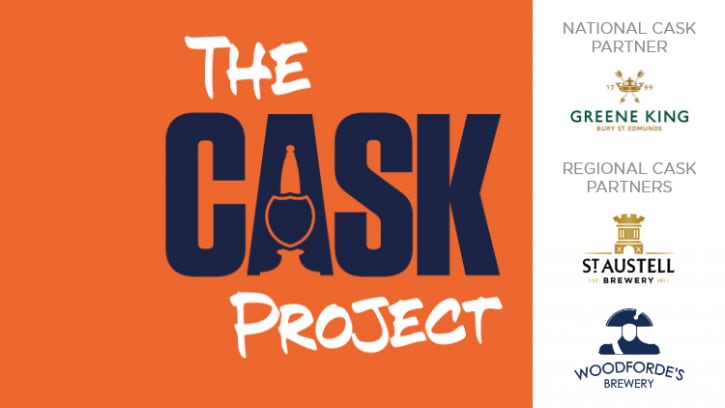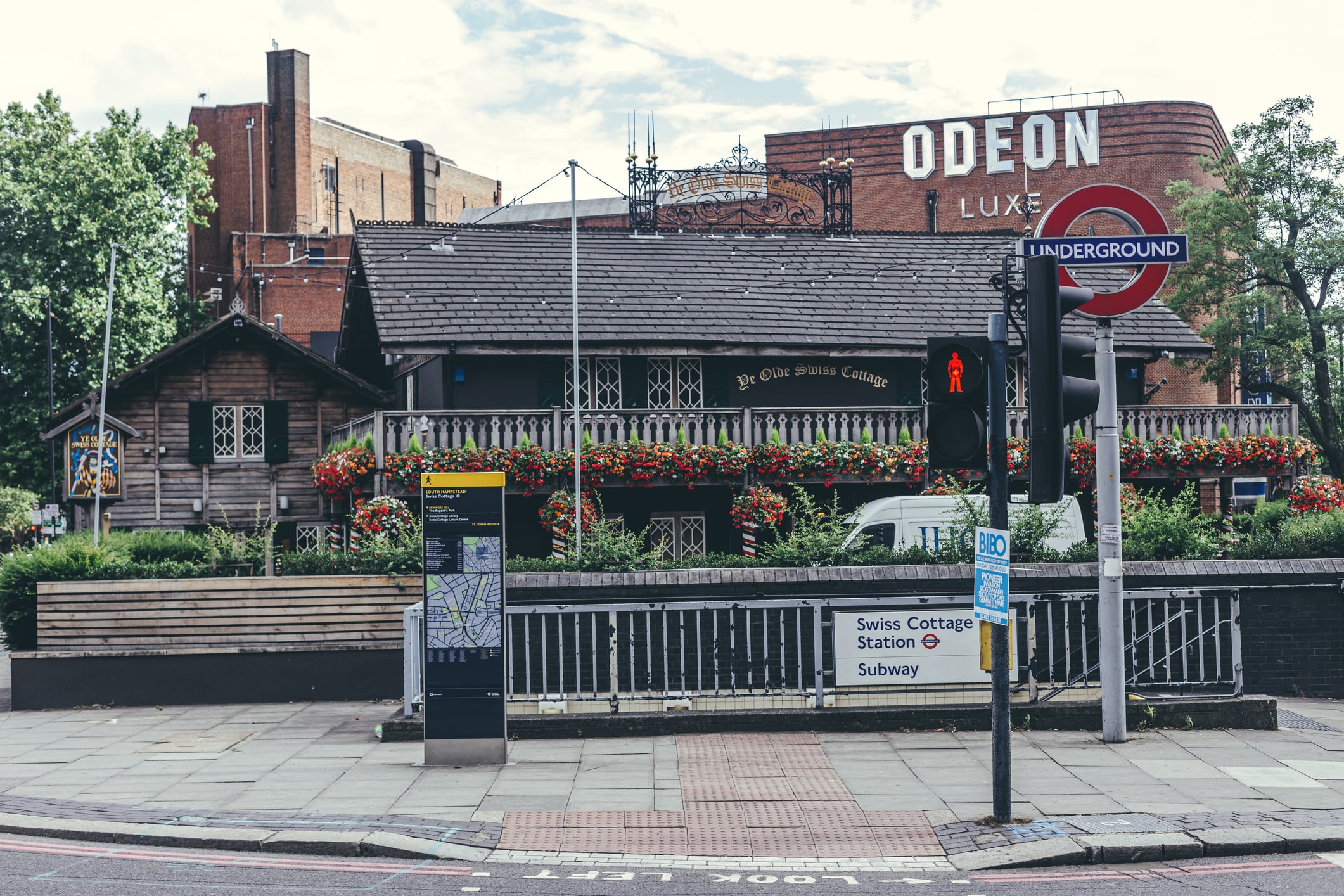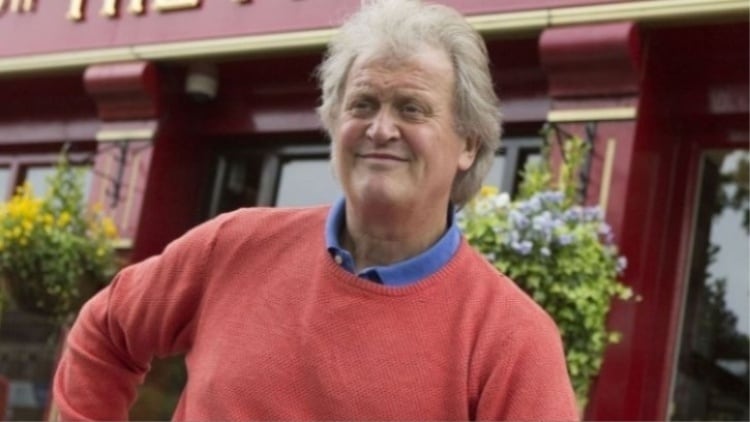Greene King Brewery, Black Sheep Brewery and Thornbridge Brewery have stated the slide in cask sales has been halted – and even reversed in part.
Meanwhile, according to the SIBA Independent Beer Report 2025, the overall number of consumers drinking cask beer has fallen to 35% opting for the style, which is down two percentage points from 37% last year.
However, data from the report shows a significant rise in the number of younger drinkers drinking cask with 25% of 18 to 24-year-olds drinking it versus 16% last year.
The report explained: “This is likely to be the result of the cheaper price of cask compared to other formats, with our YouGov poll showing that younger drinkers are particularly concerned about price, with a growing number of 18 to 24-year-olds – 59% compared to 51% last year – saying price is important when deciding what beer to buy.
“It is also possible that with independent brewers, and their generally more on-trend branding and image, championing cask, the style has lost some of its ‘old fashioned’ reputation for the incoming drinking generation. It will be interesting to see next year if this trend continues.”
Brewing more than ever
Thornbridge Brewery co-founder Simon Webster told the SIBA report: “We’re brewing more cask now than we’ve ever brewed. We brew more cask than anything else. So even though we do every style, and every packaging under the sun, cask is the biggest selling beer we do, because we’ve always had a real focus of it.
“I don’t know if it’s because we’re in the north of the country, and it’s maybe different to the south, but my view is there is a global narrative from the global brewers. The idea that cask is in decline, and is constantly spoken about, drives their narrative.
“So what we’ve done over the past few years is always try to make the cask ale part of our range as exciting as the keg beers.

“We’re trying to create exciting brews that just happened to be cask, whereas for the past 10 years, the keg walls have been the exciting things.
“I think cask can be equally exciting, but it does have to have a touch of modernity about it as well. We’re seeing younger people drinking cask because the other thing that cask offers is a price points on the bar which is more accessible for people.
“It doesn’t have to be cheap, but it’s more accessible. It’s an everyman drink. So there has to be some accessibility to that. But it can be premiumised alongside that. So for instance, this year [2024], we have a beer called Green Mountain, which is a hazy, pale ale that we’ve been doing for six years or so. It’s a keg beer, a 4.5% Vermont style beer. We launched it for the first time ever in January (2024) on cask and we retail that beer at exactly the same price on cask as it is on keg.”
Five key drivers
Greene King sales lead John Malone talked about trade for cask at the Bury St Edmunds brewery.
He told The Morning Advertiser: “As both a brewer and a retailer despite the challenge the cask category is facing, 2024 was a great year for the Greene King Brewery.
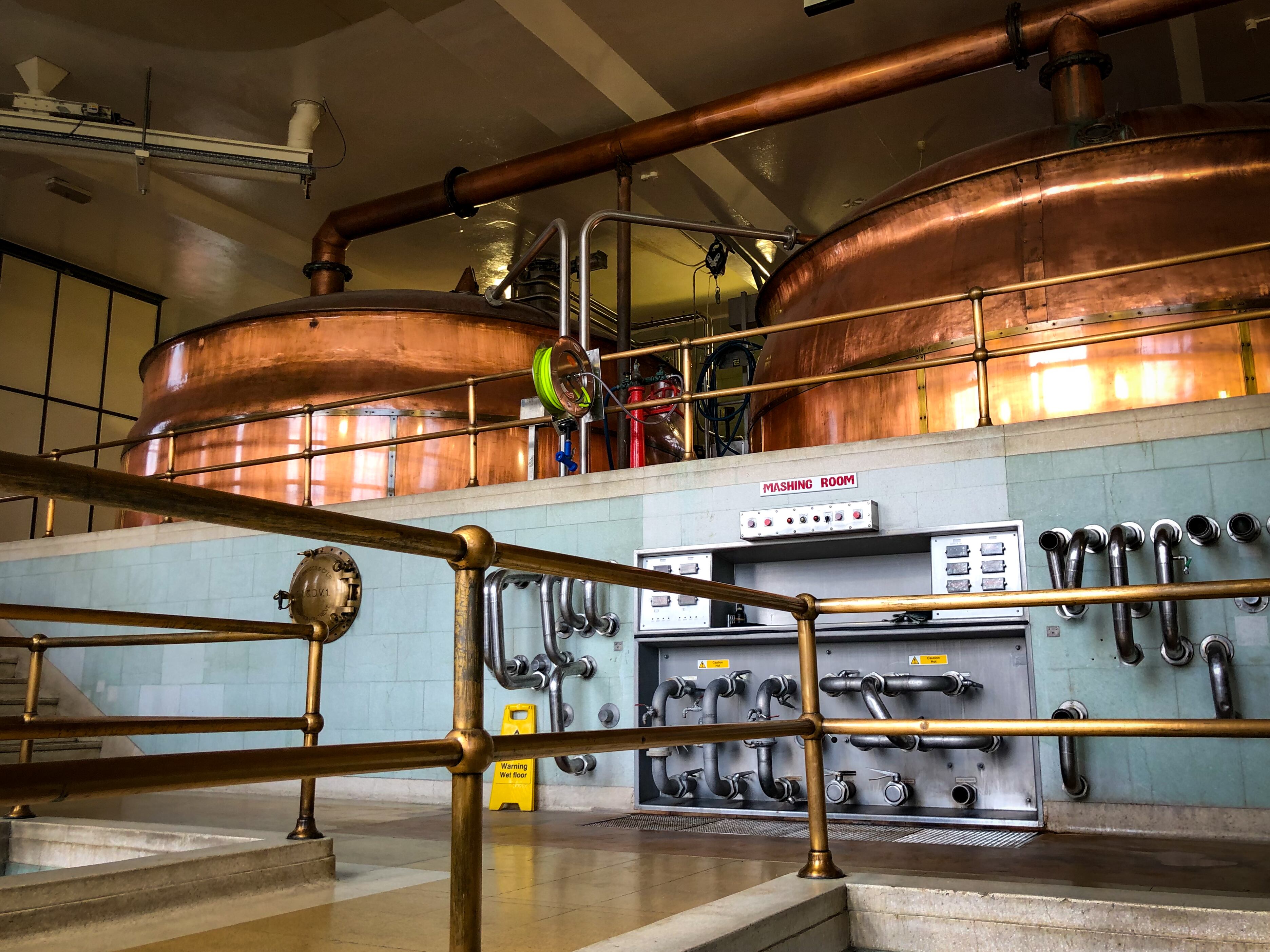
“Last year we launched our on-trade cask strategy and vision, focusing on the five key drivers for cask – quality, presentation, range, advocacy and marketing. By focussing on delivering against each of the drivers we have seen marked improvements in cask sales, beer quality, yield, and performance of our seasonal ale portfolio.”
“Unfortunately, we are continuing to see sales of cask decline at a total level, however, where we are seeing cask perform best is where we are executing the category in line with our five key drivers, rather than focusing on just one area of change.

“The introduction of pins (36-pint units) across our cask range in 2023 has seen marked increase not only in beer quality being served and in yield, but also in the wider range it has enabled stockists to have cask on the bar, despite most pubs’ volumes reducing.
“We have also had a focus on driving the presentation of cask in outlets, whether it be at the bar, in the glass, or on a pub’s website. Making cask as attractive to guests as possible is essential if we are to the break the category decline.”
Actively championing cask
Black Sheep marketing director Matthew Turner told The Morning Advertiser: “Trade for our cask beers has remained steady, particularly in venues that continue to prioritise quality rotation, and a point of difference at the bar.”
He added where cask is stocked and promoted properly, it rightfully earns its place on the bar and drives sales in venues.
“While the cask category has undoubtedly contracted in recent years – due to evolving drinking habits, the aftermath of the pandemic and the broader, cost-of-living squeeze – we still consider cask the cornerstone of British pub culture,” Turner said.
“Cask isn’t about nostalgia, it’s about reintroducing drinkers to a product that – when brewed and served well – stands up against any other category on the bar.”
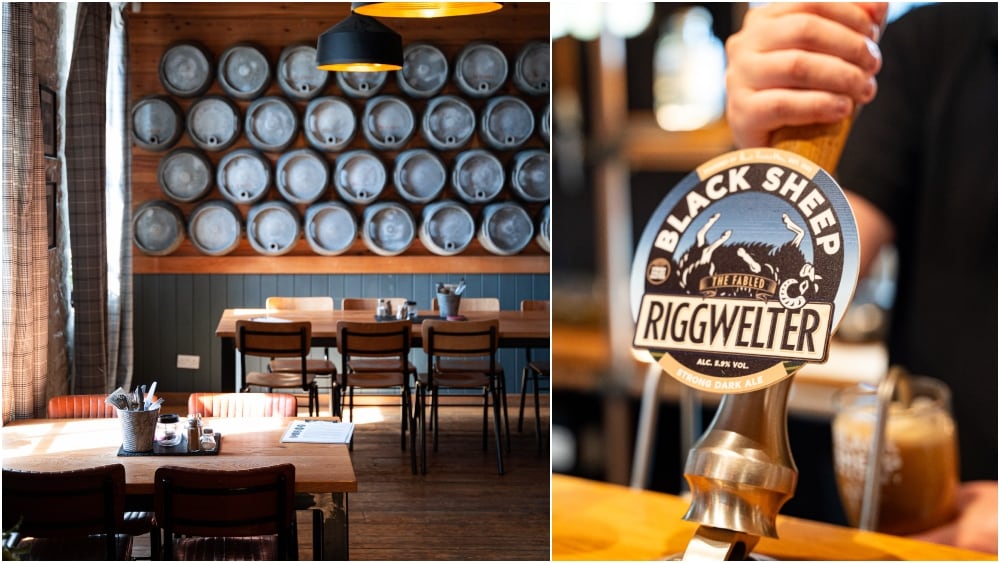
Although overall sales of cask beer are often reported to be in decline, Turner said Black Sheep is seeing positive movement in venues that actively champion cask, as well as success over the past two years for smaller breweries in this sector too (source: SIBA Independent Beer Report 2024).
He added: “We believe this is down to younger consumers taking preference in quality, locally brewed products, and their desire for more unique offerings beyond mainstream, keg lines.”
Akin to SIBA’s message about the lack of direct routes to market for its members, Turner agreed part of the challenge for cask beers has been visibility.
He explained: “Many consumers simply don’t see cask beer as an option in venues, which directly impacts sales. However, we’re working with partners to improve visibility and make cask more appealing with strong POS, staff training and various product promotions - and the signs are positive. As we head towards summer, we’re confident the combination of warmer weather and a demand for fresh, local brews will see an uptick in sales.”


